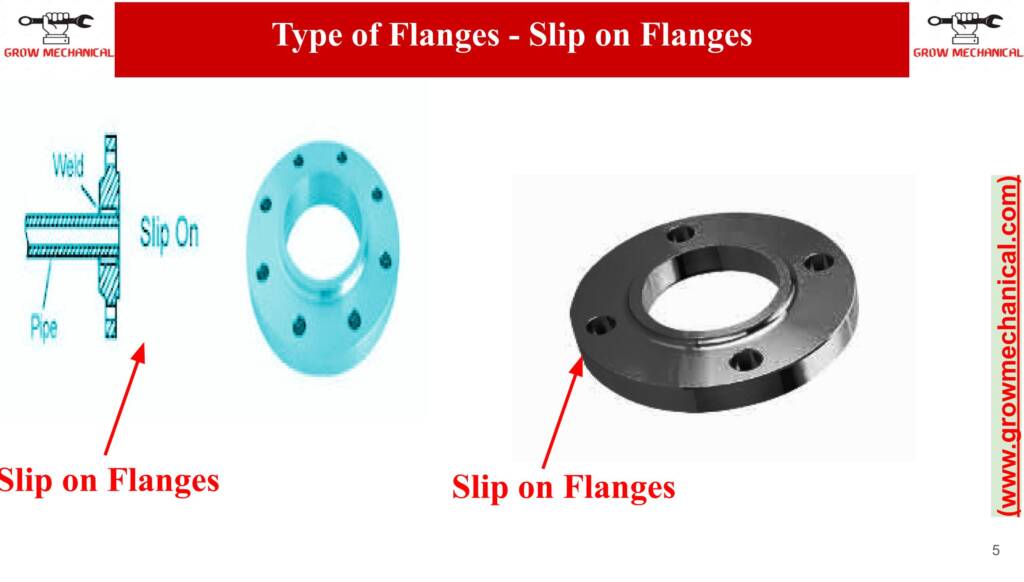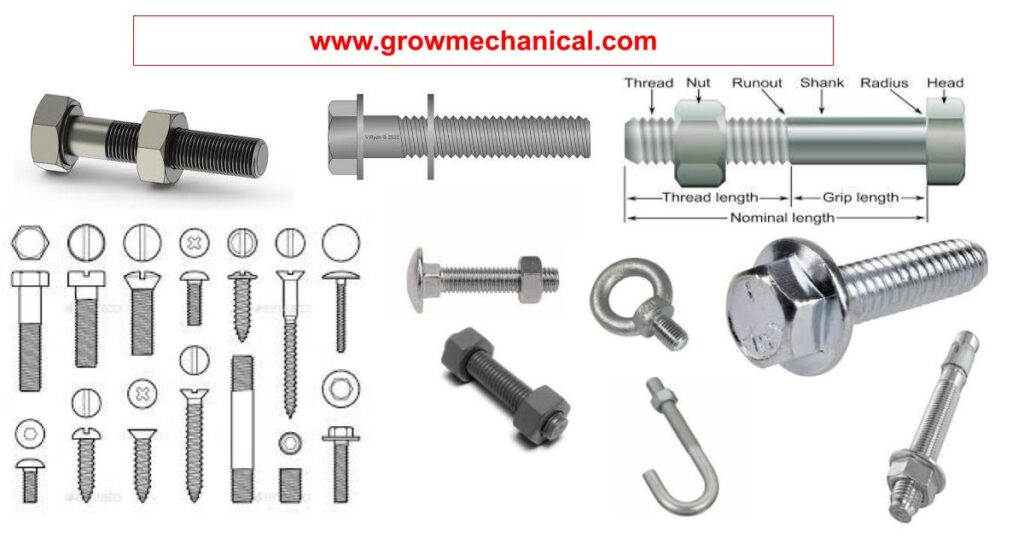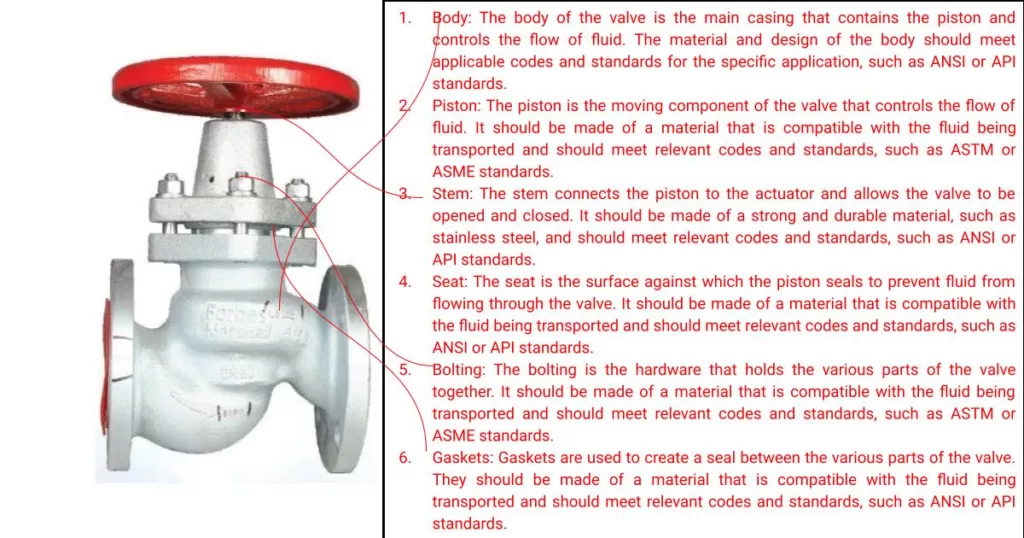What is a SORF Flange?
SOFR flanges are essential components of many pipelines, machines and other equipments. A SORF flange (Slip On Raise Face) is a type of flange that is designed to be easily installed with welding or bolting. It comprises four parts– two raised faces, a hub bore, and bolts or studs used to hold the flange in place. The raised faces provide connections for connecting pipes while the hub bore allows them to be accurately aligned when necessary. The full form of SORF flange is slip on the raised face flange. Slip-on raised face flanges used with pipe (by weld) for connect the two different pipe. This type of flange is available with a variety of size and specification and used accordingly to its application. This type of flange connects with the pipe by the help of fillet welding at the hub and end of the pipe inside of the flange. The SORF flange is available in raised face, plain, and RT J faces and orifice configuration also. It is easy to fit and weld with different types of pipe specification. There are very important types of pipe fitting like Olets, Weldolet, Sockolet, Threadolet, elbows, gasket, pipe, reducer and others.
Image of SORF flanges

In this guide, we will explain the different types of SOFR flanges, their specifications and how they should be installed correctly. We will also explore the benefits that these flanges offer and how they can help to increase performance and reliability.
Components of the SORF Flange
A SORF flange consists of four components – two raised faces, a hub bore, and bolts or studs. The hub bore is the center section of the flange that has the diameter equal to the outside diameter of the pipe. The raised faces provide connections for connecting pipes and can be either flat face (FF) or raised face (RF). Finally, bolts and studs secure the flange in place when necessary.
Identifying SORF Flanges
SORF flanges are identified by their size, type of hub bore, pressure rating, and face type. To identify a SORF flange correctly, the dimensions for each respective component should be measured and compared to a standard reference guide. Additionally, it is important to determine the bolt circle diameter – which is the distance from the center of one bolt hole to another – as this will affect the compatibility between different flanges.
Installation and Maintenance of SORF Flanges
Installing and maintaining SORF flanges requires expertise and knowledge regarding their components and specifications. Proper handling of the components is essential when attaching them to a pipe, as incorrect installation can result in improper fitting and potential leakage. Regular maintenance should also be practiced, such as checking for leaks or corrosion, in order to avoid any safety hazards. When installing and maintaining SORF flanges, it’s important to use the correct tools for the job and ensure that all bolts are tightened evenly.
Safety Considerations for SORF Flanges
When working with SORF flanges, it is essential to practice proper safety precautions. Make sure all bolts, studs, and other components are tightened correctly according to the manufacturer’s instructions. It is also important to use approved protective gear when working around a sharp edge or high temperature areas. Never operate the flange without the proper training or wearing of protective equipment such as gloves and eyewear. Lastly, always check for leaks and corrosion regularly. Bolt flange selection chart
What is specification need during selection for SORF flanges?
There are types of specifications for SORF flange selection. These are the following. A- Size, B- Class, C- Standards, D- Flange face type, E- Coating and surface treatment types Size- It is available in the following size (½” (15 NB) to 48″ (1200NB).
Class or Pressure rating
This is used for the following types of class, like 150, 300, 600, 900, 1500, 2500 Ratings DIN Standard PN6, PN10, PN16, PN25, PN40, PN64 etc.
Standards used for SORF flanges
SORF (Slip-On Raised Face) flanges are integral components used in various engineering projects, especially in hydraulic systems and piping connections. These flanges provide a secure and leak-resistant connection between pipes or equipment, ensuring the seamless flow of fluids. This article discusses the pertinent standards and specifications governing SORF flanges, as well as their application, flange face types, and coating options.
Dimension Standards:
- ANSI B16.5 / ASME B16.5: This widely recognized standard specifies the dimensions and pressure ratings for SORF flanges made from materials such as Mild Steel (MS), Carbon Steel (CS), Stainless Steel (SS) grades 304, 316, 317, and others. ANSI B16.5/ASME B16.5 is suitable for flanges up to 24 inches in diameter.
- ANSI B16.47 / ASME B16.47 Series A & B: For larger diameter pipe flanges exceeding 24 inches, the ANSI B16.47/ASME B16.47 standard provides Series A and B dimensions, which accommodate higher pressure and load requirements.
- BS10: The British Standard BS10 outlines the dimensions and specifications for SORF flanges in MS, CS, SS304/316/317, and other materials, serving as an alternative option for specific engineering applications.
Flange Face Types:
- Flat Face (FF): The Flat Face type SORF flange features a flat contact surface. It is commonly used when the mating flange or gasket is of a similar flat face design, ideal for low-pressure applications.
- Raised Face (RF): The Raised Face type SORF flange incorporates a small raised portion around the bore, which offers better support for the gasket. This design ensures a tight and reliable seal, making it suitable for higher-pressure applications.
- Ring Type Joint (RTJ): The Ring Type Joint SORF flange utilizes a metallic ring gasket, ensuring a robust seal under extremely high-pressure conditions and in critical applications.
Coating/Surface Treatment:
- Anti-rust Paint: An essential protective measure, anti-rust paint, safeguards the SORF flanges from corrosion and deterioration, especially during storage and transportation.
- Oil Black Paint: Oil black paint provides an additional layer of protection against rust and environmental elements, enhancing the longevity of the flanges.
- Yellow Transparent: Yellow transparent coatings offer a visual advantage, allowing easy inspection and identification during installation and maintenance processes.
- Zinc Plated: Zinc plating provides excellent corrosion resistance, making it suitable for outdoor and marine applications.
- Cold and Hot Dip Galvanized: Galvanization further fortifies the SORF flanges against corrosion, ensuring long-term durability and reliability, particularly in harsh and corrosive environments.
Components of a SORF Flange
- Flange Ring: The main body of the SORF flange, which slips over the pipe end and provides a connection point to other flanged components or equipment.
- Raised Face: A small raised portion on the flange face that acts as a sealing surface when compressed against a gasket, ensuring a leak-resistant joint.
- Bore: The central opening in the flange through which the fluid flows. It matches the diameter of the pipe it connects to, maintaining a smooth flow path.
- Bolt Holes: Holes around the flange ring where bolts are inserted to secure the flange to another flanged component or equipment.
- Bolt Circle: The pattern formed by the bolt holes, which should align with the corresponding bolt holes on the mating flange for proper alignment and connection.
Working Principles of a SORF Flange
The working principle of a SORF flange revolves around creating a secure and leak-resistant connection between pipes or equipment. Proper alignment, correct gasket selection, and precise bolt tightening are critical factors that contribute to the effective functioning of the flange joint. This mechanism allows SORF flanges to be widely used in various engineering applications, where reliable pipe connections are essential for the efficient transport of fluids.
Uses and Applications of a SORF Flange
SORF (Slip-On Raised Face) flanges have various uses and applications in engineering projects that involve piping systems and equipment connections. Their design and features make them suitable for a wide range of applications. Some common uses and applications of SORF flanges include:
- Pipe Connections: SORF flanges are commonly used to connect pipes in a variety of industries, including oil and gas, chemical, petrochemical, water treatment, and power generation. They provide a secure and leak-resistant joint, facilitating the efficient transport of fluids.
- Pump and Valve Connections: SORF flanges are used to connect pumps and valves to the pipelines, allowing easy maintenance and replacement of these components without disturbing the entire system.
- Compressed Air Systems: SORF flanges are utilized in compressed air systems to connect air compressors, receivers, and distribution pipelines, ensuring a reliable and leak-proof connection.
- Steam Lines: In steam distribution systems, SORF flanges are used to connect steam pipes, valves, and fittings, providing a secure connection for efficient steam transport.
- Chemical Processing: SORF flanges are employed in chemical processing plants for connecting various equipment, vessels, and pipes, where chemical compatibility and leak-proof connections are crucial.
- Water and Wastewater Systems: SORF flanges find application in water supply and wastewater treatment systems for connecting pipes, pumps, and other equipment.
- Pharmaceutical Industry: SORF flanges are employed in pharmaceutical plants for connecting pipelines and equipment, meeting stringent quality and safety standards.
- Fire Protection Systems: SORF flanges are used in fire protection systems to connect pipes and firefighting equipment, ensuring reliable and leak-resistant connections.
- Power Plants: SORF flanges are found in power generation facilities to connect pipelines for steam, water, and fuel transport, supporting the smooth operation of the power plant.
Advantages and Benefits of Using a SORF Flange
Easy Installation: Slip-On Raised Face flanges are quick and straightforward to install, requiring less time and labor compared to other flange types.
- Cost-Effective: SORF flanges are generally more economical than other types of flanges, making them a budget-friendly option.
- Space-Saving: The compact design of SORF flanges helps save space in piping systems, particularly in tight or confined areas.
- Efficient Flow: The smooth bore of the SORF flange ensures minimal flow resistance, allowing for efficient fluid transport.
- Leak-Resistant: The raised face and gasket compression mechanism provide a reliable seal, minimizing the risk of leaks in the joint.
- Easy Alignment: Slip-on flanges allow for easy alignment during installation, reducing the chances of misalignment and subsequent leakage.
- Versatile Material Options: SORF flanges are available in various materials, including carbon steel, stainless steel, and alloy steel, offering flexibility to meet specific application requirements.
- Ideal for Low-Pressure Applications: SORF flanges are well-suited for low-pressure systems, where their easy installation and leak-tightness are advantageous.
- Suitable for Non-Critical Applications: In applications where extremely high pressures or severe operating conditions are not a concern, SORF flanges provide a reliable and cost-effective solution.
- Interchangeability: SORF flanges adhere to recognized industry standards, ensuring interchangeability and compatibility with other flange types of the same size and rating.
- Easy to Replace: When maintenance or component replacement is necessary, SORF flanges can be easily disassembled and reinstalled without major disruptions to the system.
- Accommodates Non-Standard Pipes: Slip-On Raised Face flanges can be used with non-standard pipe sizes or materials, providing versatility in various engineering projects.
- Suitable for Temporary Joints: SORF flanges are well-suited for temporary connections in construction and testing phases, thanks to their ease of installation and removal.
- LAP JOINT FLANGE DIMENSION CHART
- WELD NECK FLANGE DIMENSION CHART
- SLIP ON FLANGE DIMENSIONS CHART
- SOCKET WELD FLANGE DIMENSIONS CHART
- TYPES OF PIPE FLANGE | Grow Mechanical


